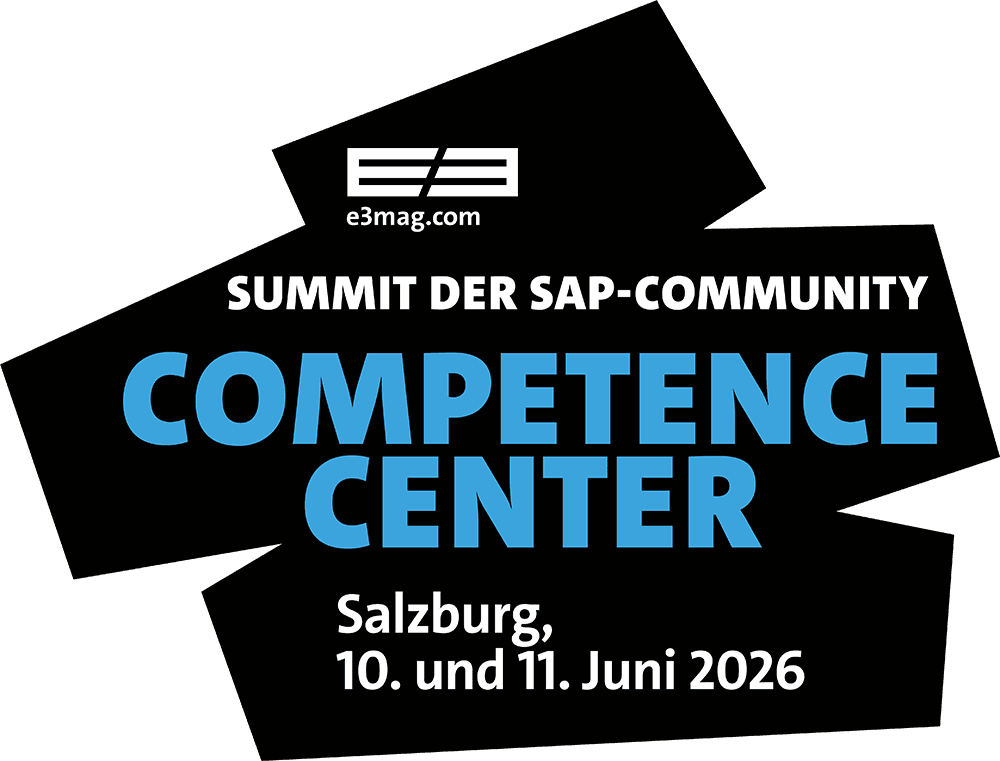

As the automation of many ERP systems progresses, the quality of master data becomes critical to success. At the latest, an IT transformation such as the S/4 migration is then like a touchstone for data quality. What sounds like a hygiene factor is crucial to success, because: Without clean data, even investments worth millions can come to nothing. Many managers are now aware of this - but in practice, it is still important to set the right course for the transformation.
More than just a hygiene factor
Especially when a company has several locations or plants, there is often no central overview of all master data. This can lead, for example, to a material being listed under different article numbers in the system. If not all - identical - articles are updated when prices are changed, the price calculation for the manufactured products can be far too low, for example, and lead to losses. And with increasing automation of processes, companies can no longer rely on employees noticing such inconsistencies during a manual check.
When it comes to master data, there are typically two options: either set up a separate department exclusively for master data maintenance or introduce software that regularly checks the master data for inconsistencies and rectifies them. Other typical problem areas of a migration to S/4 include Z transactions: tricky to handle, yet indispensable.
The crux of customizing
As Z transactions are easily over 20 years old, it is often difficult to understand what dependencies exist with other functions. If the original developers have already retired, it is almost impossible to obtain historical knowledge. It is then necessary to intensively analyze whether the existing Z transaction can be adopted at all. As there are hundreds, even thousands of Z transactions in many SAP installations, the effort required for this alone should not be underestimated. In addition, each individual adjustment must not only be understood technically, but also evaluated professionally: Does the logic still meet today's business requirements at all or is it long outdated?
Companies should therefore carefully examine each individual customization before a migration and ask how this functionality can be mapped with existing standards in S/4 Hana. This is followed by the question: Do I adapt my internal processes (in production, for example) to the new standards of S/4 Hana, which provide the functionality "out of the box", or do I have to reprogram them in S/4 Hana? But then again, there are numerous Z transactions that need to be maintained, documented and kept up to date.
Don't forget EDI
EDI has long since established itself as the standard for exchanging business documents - and must therefore be taken into account during a migration. When migrating to S/4 Hana, IT should therefore consider whether it is worth keeping the existing EDI solution or renewing the EDI landscape as part of the ERP conversion. As such conversions are not without cost, it is worth relying on a specialist such as Aimtec, which has experience in SAP migration and EDI.
Skilled workers and automation
As older employees retire and fewer young skilled workers succeed them, companies must ensure that leaner teams can also reliably support the production systems. This can only be achieved through prudent and consistent digitalization and automation. This in turn requires robust processes and master data that is both accurate and standardized.
In any case, it is a good idea to bring in a partner for the migration who has already accompanied several migrations to S/4 Hana in their own industry environment and knows the typical stumbling blocks around the data and processes. This makes the changeover less stressful and more cost-effective.






